 Monastery and Order of Our Lady of Charity
Monastery and Order of Our Lady of Charity
Entry Category: Education - Starting with M
 Monastery and Order of Our Lady of Charity
Monastery and Order of Our Lady of Charity
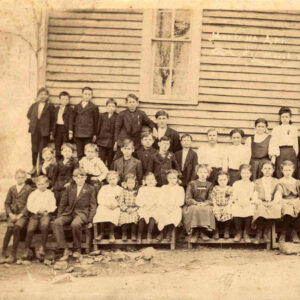 Montana School
Montana School
Monticello Academy
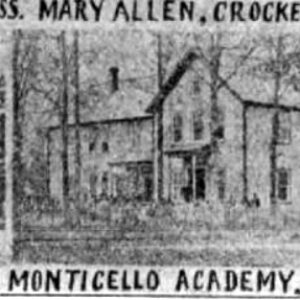 Monticello Academy
Monticello Academy
 Monticello Academy Controversy
Monticello Academy Controversy
Moore, Bessie Grace Boehm
 Moorefield School
Moorefield School
Moorefield School
Morgan, Gordon Daniel
Morrilton Male and Female College
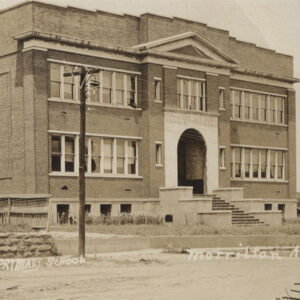 Morrilton School
Morrilton School
Morrilton School District No. 32 et al. v. United States of America
 Morris Hall
Morris Hall
Mothers’ League of Central High School
 Mothers' League of Central High School Flyer
Mothers' League of Central High School Flyer
Mount Pleasant Academy
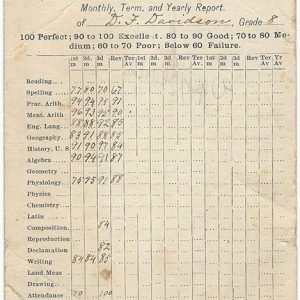 Mount Pleasant Academy Report Card
Mount Pleasant Academy Report Card
Mount St. Mary Academy
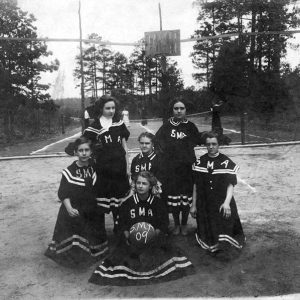 Mount St. Mary Basketball Team
Mount St. Mary Basketball Team
Mountain Crest Academy
Mountain Home (Baptist) College
Mountain Mission Schools
Mulberry Home Economics Building
 David W. Mullins
David W. Mullins
Mullins, David Wiley
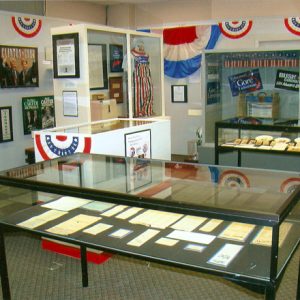 Museum of American History
Museum of American History




